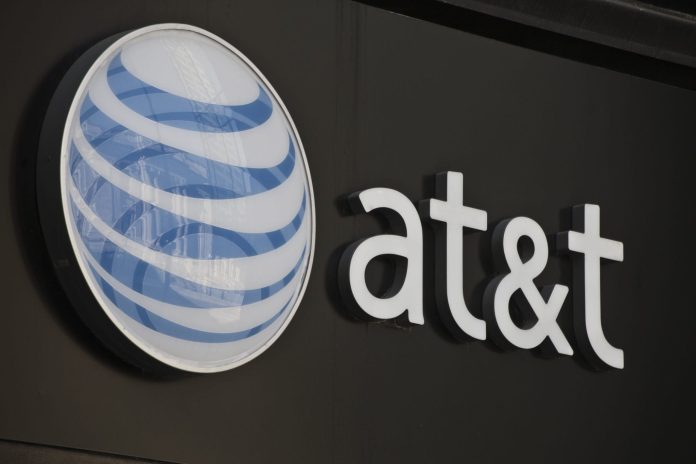Note, this is the third part of a wide-ranging interview with AT&T President of IoT Solutions Chris Penrose; for the first instalment go here.
AT&T has used the line before: it is a ‘master systems integrator’, it says. There is a job to create order from the breathless chaos of the IoT space, and AT&T is best placed to clear the path for enterprises, it says.
“It is a complex set of things that have to be pulled together to make IoT work,” comments Chris Penrose, president of the carrier’s IoT solutions business. It is a heady mix; cellular connectivity, AT&T’s stock-in-trade, is a complementary ingredient in a strange brew.
“Most of the IoT today is not connected to the cellular networks, but over other short range technologies. So we have to be transport and connectivity agnostic – to put the right solution on the right network for the right application,” he says, describing a range of techniques, from short-range protocols for close-by end-points to satellite communications for far-off sailors.
“We have to offer a full range of connectivity solutions… It comes down to what you want to accomplish, how much bandwidth you need, whether it is mobile or static, and thirsty or not.”
Does that go as far as non-licensed low-power wide-area (LPWA) networking technologies like LoRaWAN and Sigfox, requiring their own private and public networks? After all, the default message from both camps is their technologies are complementary to the licensed cellular IoT tools.
’Not likely,’ is the message from AT&T. Penrose recounts AT&T’s own plans for LPWA, of the licensed variety. It has confirmed, already, it will launch a narrowband IoT (NB-IoT) network in the US by the middle of next year, and in Mexico by the end, to run in parallel with its existing LTE-M network.
“These technologies are standards-based; they are being deployed around the world. And because they’re software updates, they will be rolled out very rapidly, everywhere where existing coverage is. So we can get mass coverage in months, versus years to build something from scratch,” he says.
LTE-M and NB-IoT offer higher-grade security, too, he says. Of the two, LTE-M is better for more mobile applications, which might need voice services, and a little bandwidth; NB-IoT is a bare-bones M2M-style offering, for static, low-power kit, he says.
“These new low-power licensed technologies will take a larger and larger share of the market because they just work, out the box, and they’re secure – and they have the same qualities we’re used to in smartphones,” he explains.
Above these, it is LTE and 5G all the way for AT&T. Even so, AT&T cannot run every use case on a licensed cellular network, which is where the ‘master integrator’ capability pays. “We can’t cover 100 per cent; we need to stitch it all together, and bring everything into a cohesive network fabric for our customers to offer solutions.”
This fabric stretches upwards, too, capturing technology disciplines in parallel planes to the connectivity layer. “We have a whole suite of platforms and solutions for the data aggregation and analytics, as well as the security of it,” says Penrose.
“That’s the final piece – that we are investing heavily to be sure we are securing IoT solutions at the device, the network, the application – to provide the very best IoT solutions to scale this thing across the world.”
AT&T is not about to claim it does it all; the role to integrate technologies in the IoT space rather describes its wildness. The market turns on collaboration, instead.
“We know we can’t do everything. We do the things we can do very well. Where others have something best-in-class, which addresses a need in the ecosystem, we will with them,” he says.
But just how good does AT&T think it is? Certainly, and anecdotally, it tends to be referenced by analysts in broad conversation about the advancement of the IoT market. What distinguishes it, exactly?
Penrose talks about the breadth (and security, again) of its offer, beyond its traditional markets – beyond its home in the US, and its trade in connectivity.
“We think we’re the very best at doing this. Clearly it’s a competitive marketplace. Others have pieces, as well. But we’ve been doing this for 10 years. We’ve a proven track record across the world. We are at the forefront, and we help enterprises go from idea to implementation, safely and at scale, better than anybody else.”
The IoT interview (pt1): “We have to focus on what scales and repeats,” says AT&T
The IoT interview (pt2): “We’re a one-stop IoT shop – for every enterprise,” says AT&T
The IoT interview (pt3): “We do what we can, and partner on the rest” says AT&T

